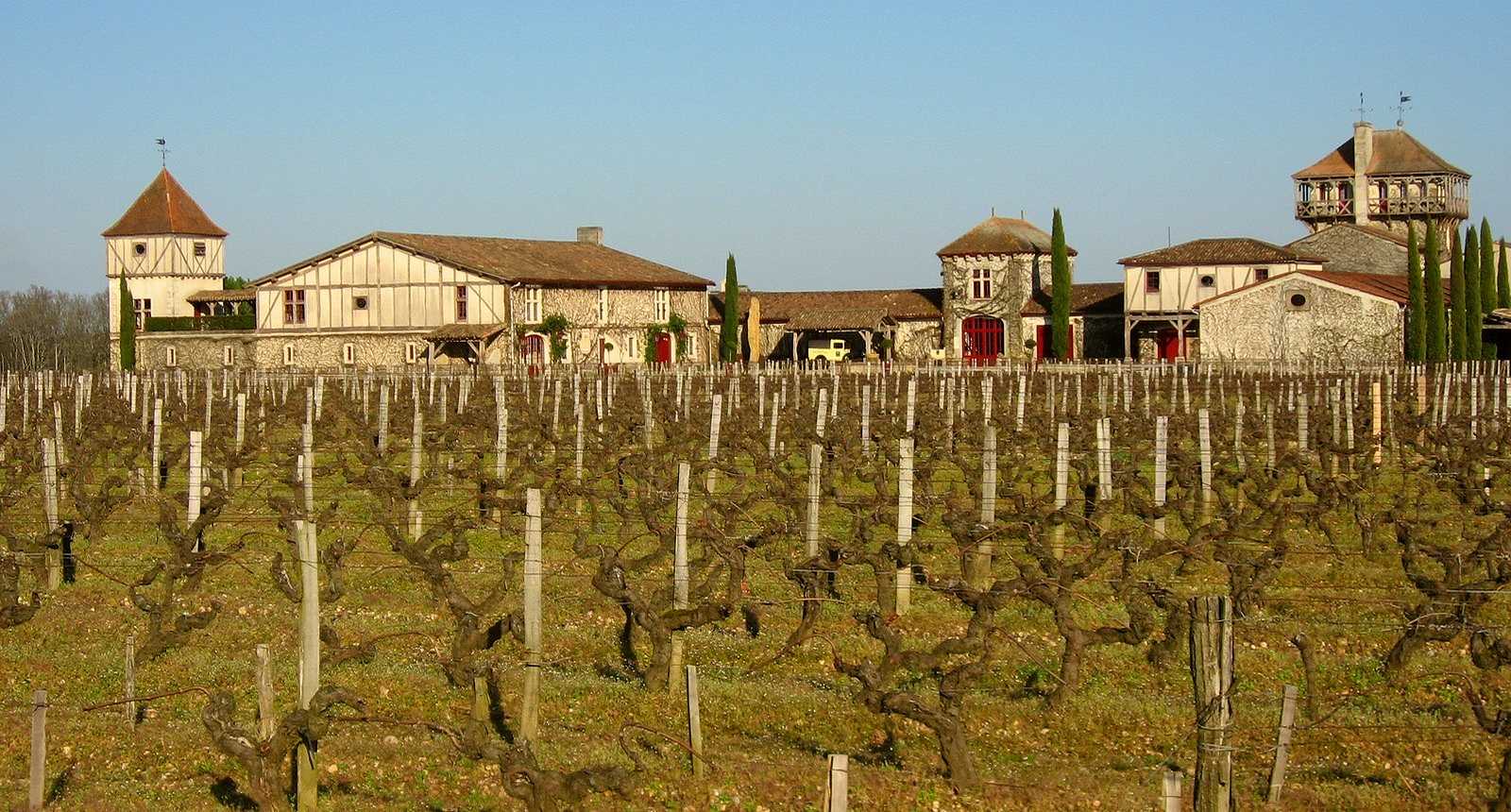As vineyards around the world face the threat of increasing greenhouse gas emissions and climate change, one vineyard in France has planned to do its part to reduce its carbon footprint. The business plan makes perfect sense and is one that should be financially and environmentally sustainable.
Chateau Smith Haut Lafitte in Bordeaux in France is famous for its red wine. The owner of the winery has announced plans to capture the carbon dioxide produced during the fermentation process and convert it into sodium bicarbonate. He will then sell this sodium bicarbonate to pharmaceutical companies to be used for making toothpaste.
According to the Industrial Agricultural Products Center of the University of Nebraska, each gallon of wine produced is accompied by production of 6.29 pounds of carbon dioxide. While the carbon dioxide produced during the fermentation process is minimal when compared to that generated from other related activists like packaging and transportation, it can still prove harmful to the environment and certainly human health.
In 2008, two French wine makers suffocated while treading grapes with feet due to the carbon dioxide generated during the process. Carbon dioxide is heavier than air and thus does not dissipate in the surroundings easily. Clearly, large wineries would have more sophisticated procedure of taking care of the CO2 emissions. The gas can be captured in the fermentation trap and reused. Wineries may reuse the carbon dioxide produced to prevent oxidation of the wine.
One option to reduce the release of emissions is to capture and send it to companies involved in storage activities. While the actual economics of such operation are not well known, one would assume that the wineries would be required to pay the carbon storage companies some fee to the transport and subsequent storage.
By converting the carbon emissions to sodium bicarbonate and selling it to pharmaceutical companies, toothpaste manufacturers, and various other industrial sectors, the wineries may end up developing an additional source of income.
This article was originally published on CleanTechnica. Reproduced with permission










